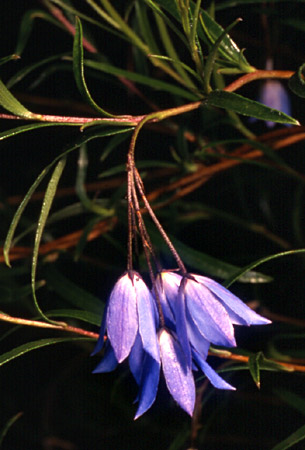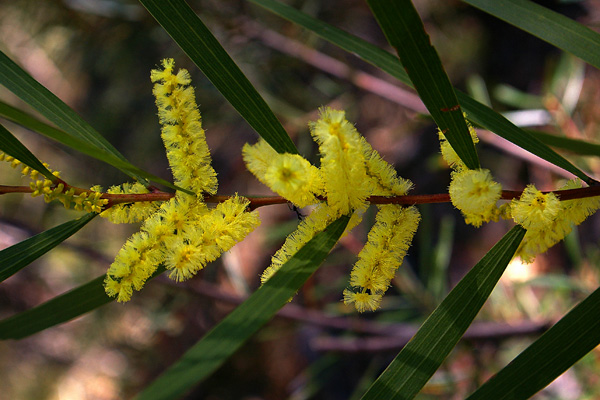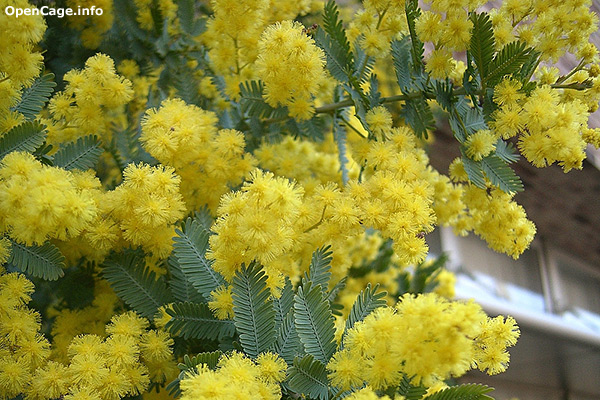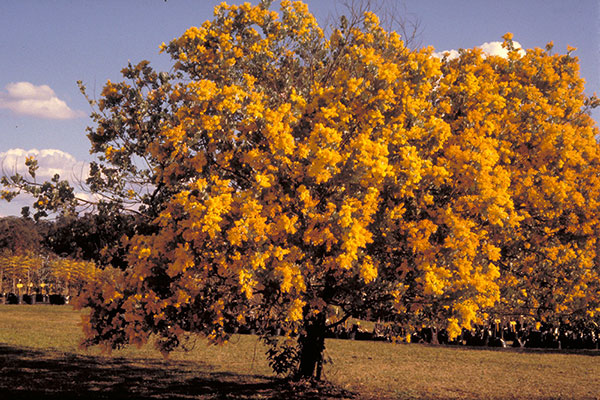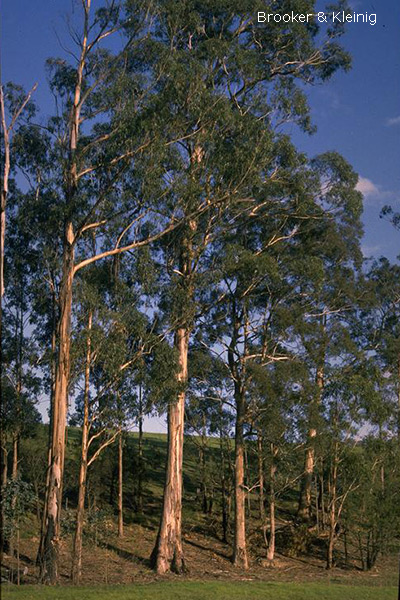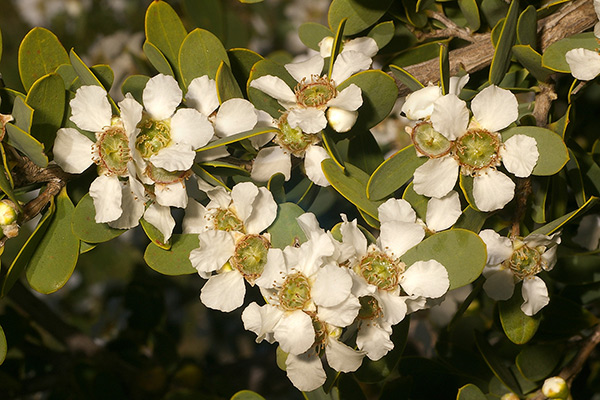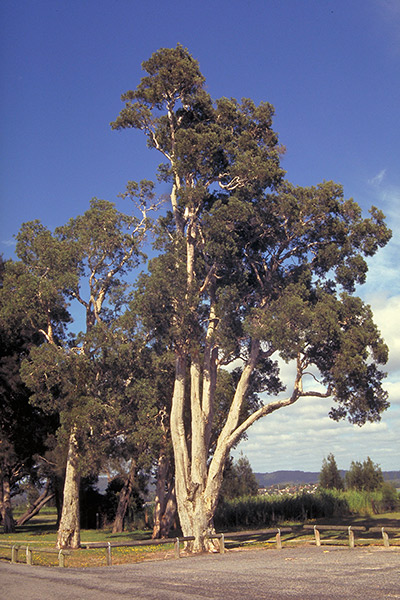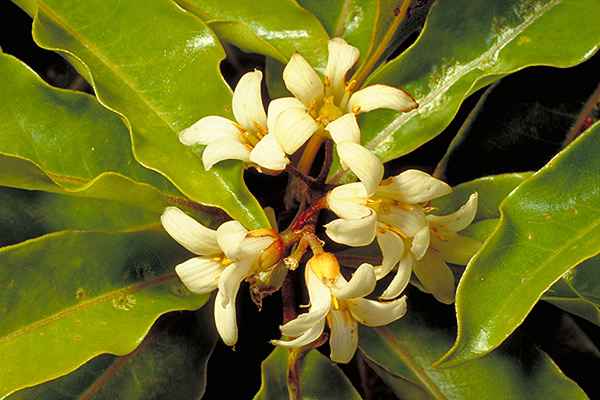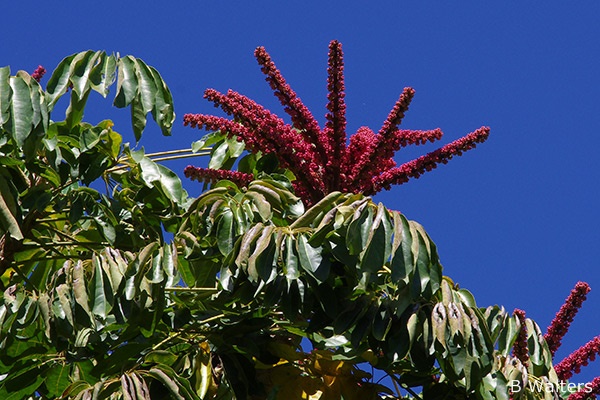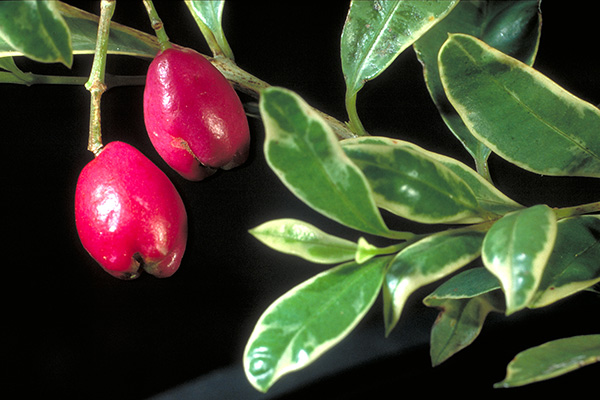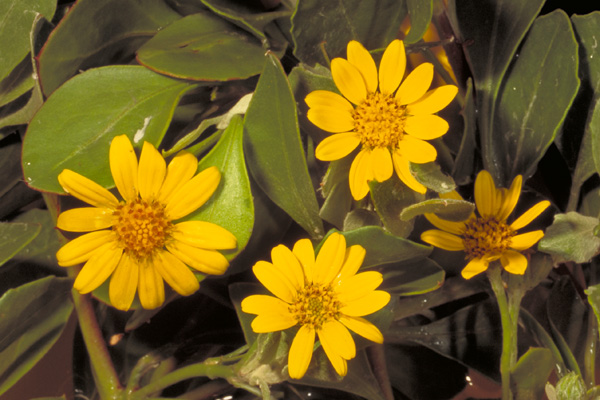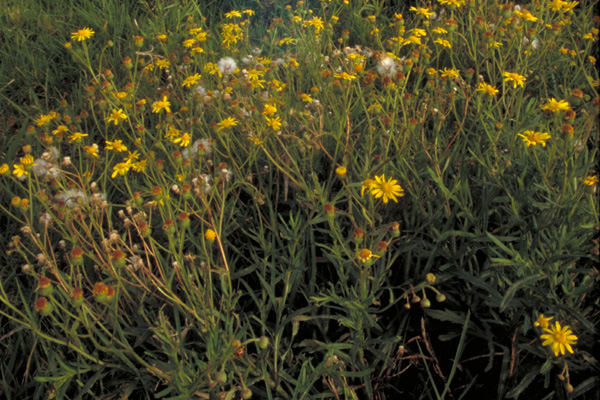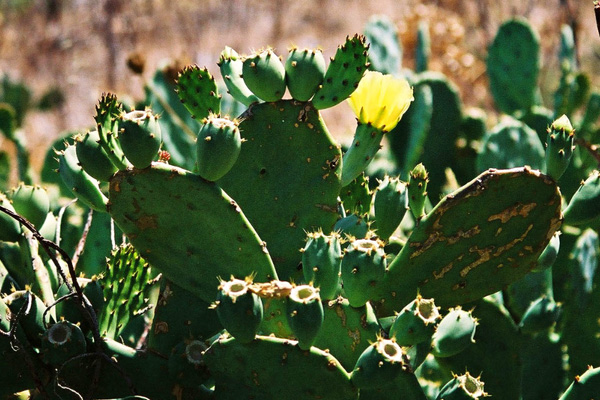Reflecting on the Past
This article reflects on the history of native gardens and how native gardens need to adapt for a changing Australia.
Study groups are invaluable
The Society for Growing Australian Plants (SGAP) began in the late 1950s, with the goal of growing Australian plants to help in their ongoing preservation.
The emphasis has been on the cultivation of individual plant species (and often individual plants of those species). This is extremely important and essential focussed work for most Study Groups. There is so much to learn about growing Australian plants successfully in gardens and, until recently, little effort was made by the majority of other contributors in this field.
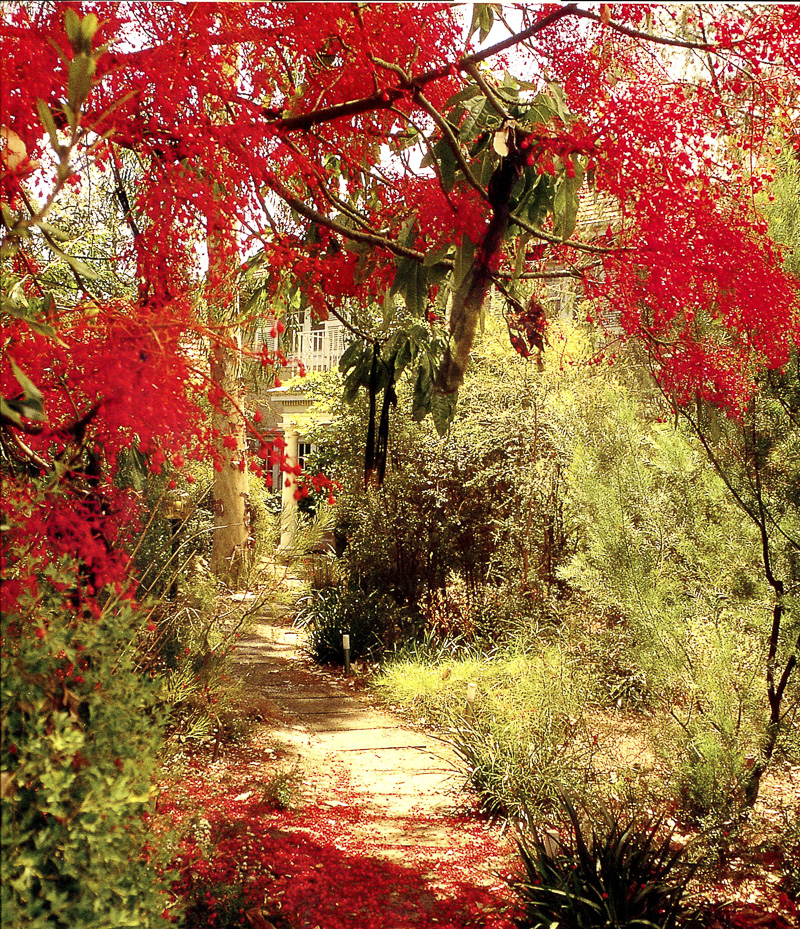
Light and shade enhance path through bioregional plant community – Floyd garden Melbourne, image John Floyd
To date this has meant that exotic plants remain the dominant culture. In contrast, most Study Groups have worked to observe, record, correlate and expand knowledge of their area of study of Australian plants. Some have written valuable books so this knowledge can become more widely available, both inside and outside the Australian Plant Societies.
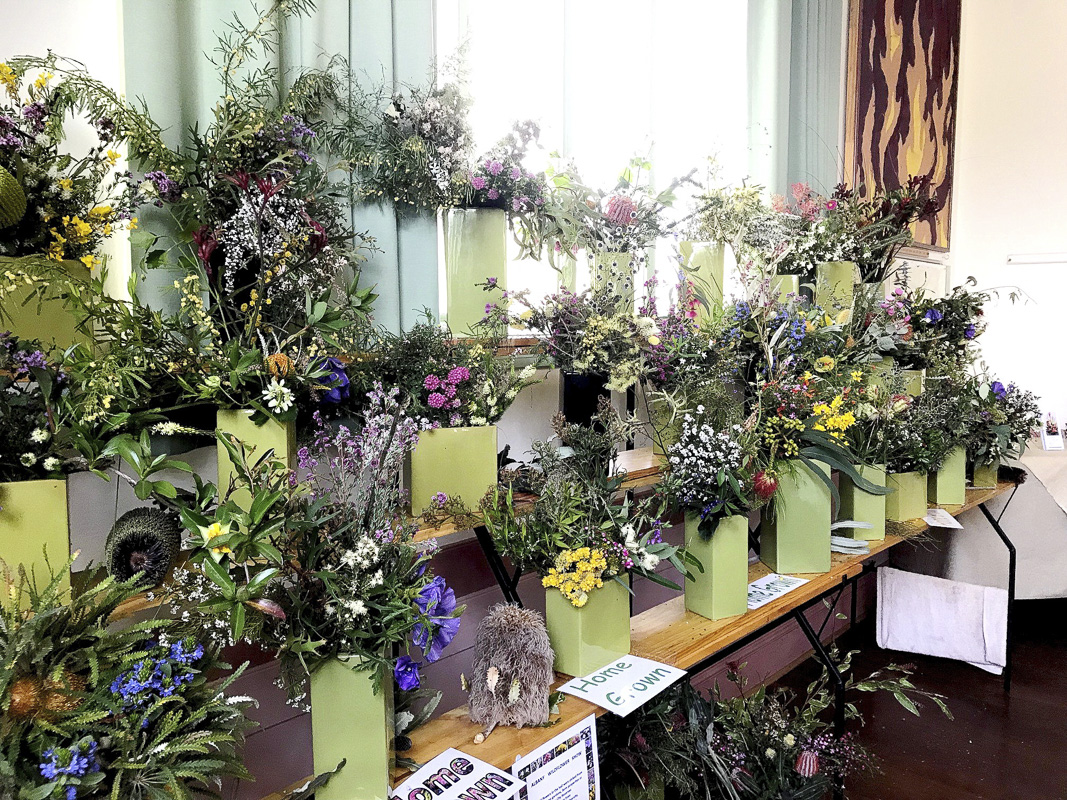
Display for selected specimens of native species to aid identification – Albany flower show
Changing attitudes takes time
After 40 years existence of SGAP/APS, the influence should be apparent in the general community. Unfortunately, the anticipated increased awareness and appreciation of Australian plants in the general community, has been slow. What has influenced the slowness of change:
- Knowledge about the cultivation of Australian plants has grown relatively slowly, initially due to the small membership base. Initially, people were reluctant to prune natives, a practice now known to be essential to replicate wildlife grazing habits and improve plant form.
Continuing research and management of native plants in gardens by members is contributing substantially to the knowledge base. - The cyclic nature of gardening fashions demands specialised plants. The availability of plants in nurseries depends on propagation in sufficient numbers to meet expected demand from the public (or by professional designers).
People tend to select plants that they know and are familiar with, or more likely, those seen in the media. - For many years SGAP/APS members largely concentrated on growing individual plants in their gardens. Alternatively, others were more influenced by establishing the quality appearance of the overall garden, rather than by the individual plant specimens.
Even when gardens contain attractive plants, if they lack design, they don’t provide a suitable setting for those plants. It’s not easy to do both well but we can try.

Sensitive formative pruning enhances garden character by geometry, Lawrie Smith
Why was the study group formed?
A small group of APS members who shared a common interest in the study of garden design using Australian plants, began the Study Group in 1993. It was chaired by Diana Snape. The membership rose rapidly and has continued to increase since, with members in all States. In 2024 membership is nearing 250, and includes both amateur and professional designers. Most of those initial members still belong, with a small yearly turnover as members’ needs and interests change.
What do members actually do?
The concept of garden design, and the knowledge of plants to implement that design are hard to separate. There are many ways we try to advance our skills.
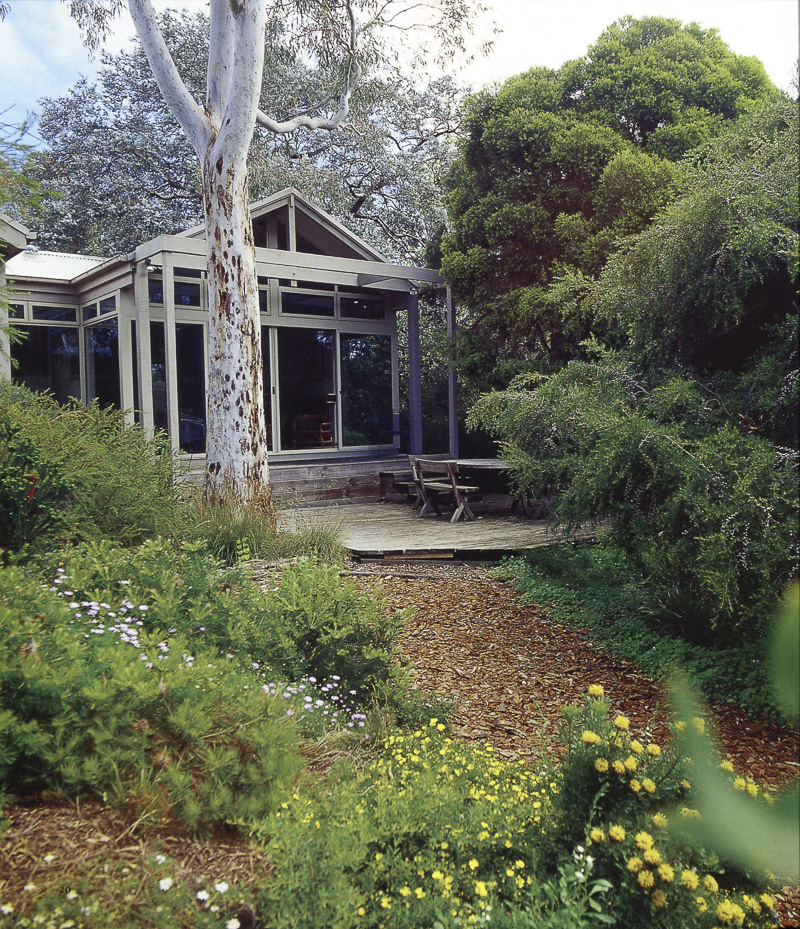
Small garden inviting relaxation in a sheltered shady deck – Snape garden, Melbourne
- Study and apply garden design principles in planning their own and others’ gardens. This design process is complex and often takes many years to realise.
It is gratifying to establish a design progressively, and observe the changes over time. The nature of the garden determines the time frame.
A groundcover/grass/ daisy garden is fast, and a garden of trees is slow but long lasting. Members have the opportunity to be involved in designing gardens in public areas, sometimes in consultation with professional designers, which offers resultant valuable exchange of ideas and knowledge.
- Reading and reviewing books, journals, magazines and social media about garden design is invaluable. Hundreds of books have been written on garden design but far fewer have considered Australian plants as design subjects, although this is now changing.
- Regional meetings are held in Melbourne, Sydney, north-east Victoria, and south-east Queensland.
Members visit gardens of interest, contribute to designs, and exchange ideas on numerous topics related to garden design and bushwalking to learn from nature.
Why was the study group formed?
A small group of APS members who shared a common interest in the study of garden design using Australian plants, began the Study Group in 1993 chaired by Diana Snape. The membership rose rapidly to 200 by 1996 and has continued to increase since, with members in all States. In 2024 membership is nearing 250, and includes both amateur and professional designers. Most of those initial members still belong, with a small yearly turnover as members’ needs and interests change.
Quarterly Newsletters are the main form of communication within the study group, and members are encouraged to write articles on garden design for these. Since the first Newsletter in 1993, 125 issues have been published to date (January 2024), about 1500 pages.
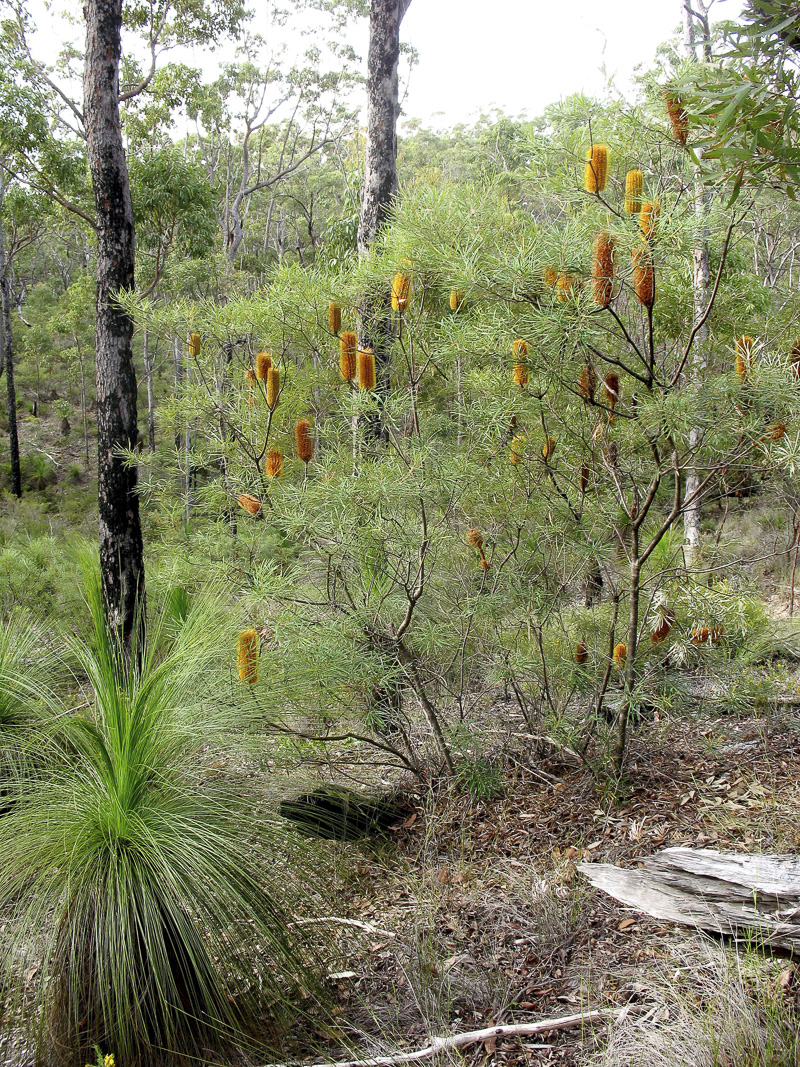
Contrast in foliage texture and colour highlight plant diversity – Chermside Hills SE Queensland
What we hope to achieve
- Provide the basis of good design for gardens of Australian plants, sharing information to help gardeners at any point in the garden development. It is never too late to start designing. Even maintenance can be a creative aspect and a vital part of design. Improve the garden appearance as plants grow, by pruning for design reasons.
- Raise awareness of the importance of garden design among APS/SGAP members. Individual Australian plants can be individually beautiful, but a garden of Australian plants may not always be as attractive without design input. Don’t lose opportunities to create garden appeal for both the garden owner and the general public, potential future members of the Society.
- Expand interest in Australian plants by promoting the aesthetic value of unique and beautiful native gardens. To change community attitudes, organise ways to invite inspection of outstanding gardens that show off our native plants.
- Continue the educational example of the successful book on Garden Design with Australian Plants. Find innovative ways to excite an awareness of native gardens, and share the accumulated knowledge, ideas and experiences of our study group members already recorded in our newsletters.
Vision for the future
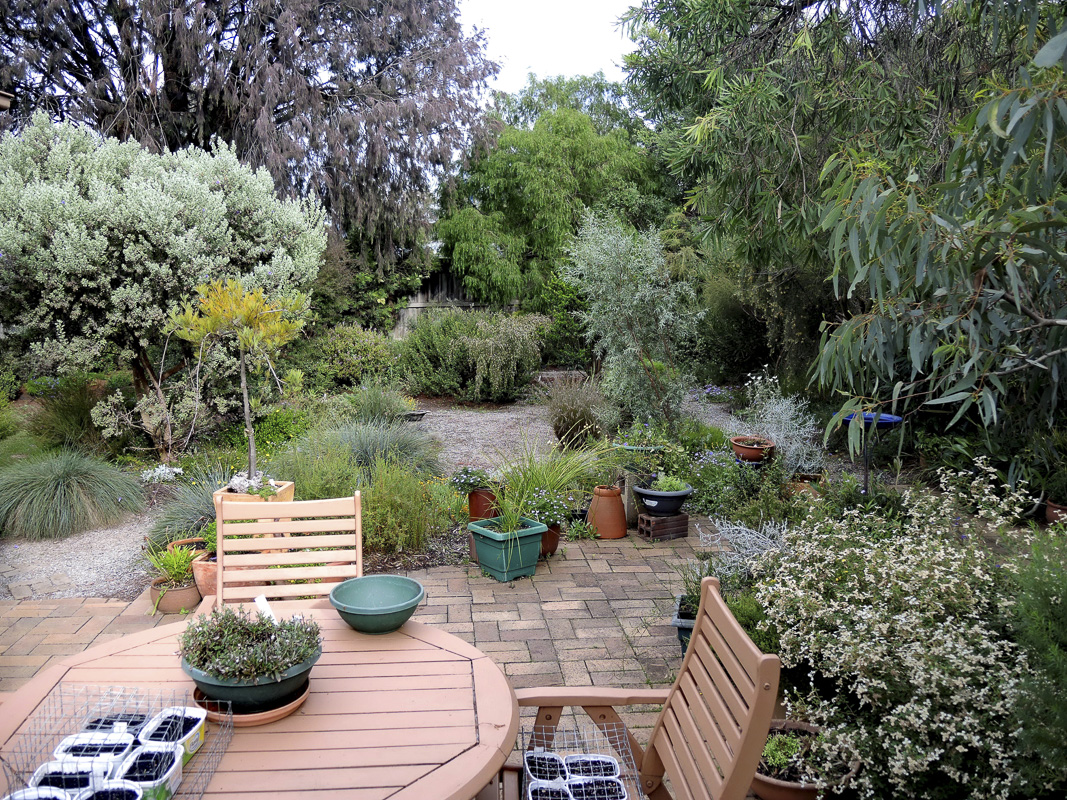
Small gardens
Smaller blocks of land with larger houses mean suburban gardens will shrink. The continuing work of the Australian Plants Societies and increasingly the horticultural Industry, has resulted in many appealing new Australian plants being available in nurseries.
Small plants, appropriate for the smaller gardens are becoming more common. Attractive gardens displaying such new plants can help erase the impressions of straggly, suburban ‘bush gardens’, and also dispel the myth of no maintenance needed for natives.
Small gardens encourage concentrated focus on design, with extreme care taken in the choice of plants and their positioning in relation to the hard landscape.
Importance of indigenous plants
There is increasing interest in restricting the palette of plants for design to those indigenous to the local area. Strictly speaking, plants from distant areas of Australia such as Western Australia can be as botanically distinct as those from Gondwana countries such as New Zealand or South Africa.
In the past, many society members have been insistent on growing only Australian plants. In the future environmentally aware and sensitive people may concentrate on growing indigenous plants of local provenance.
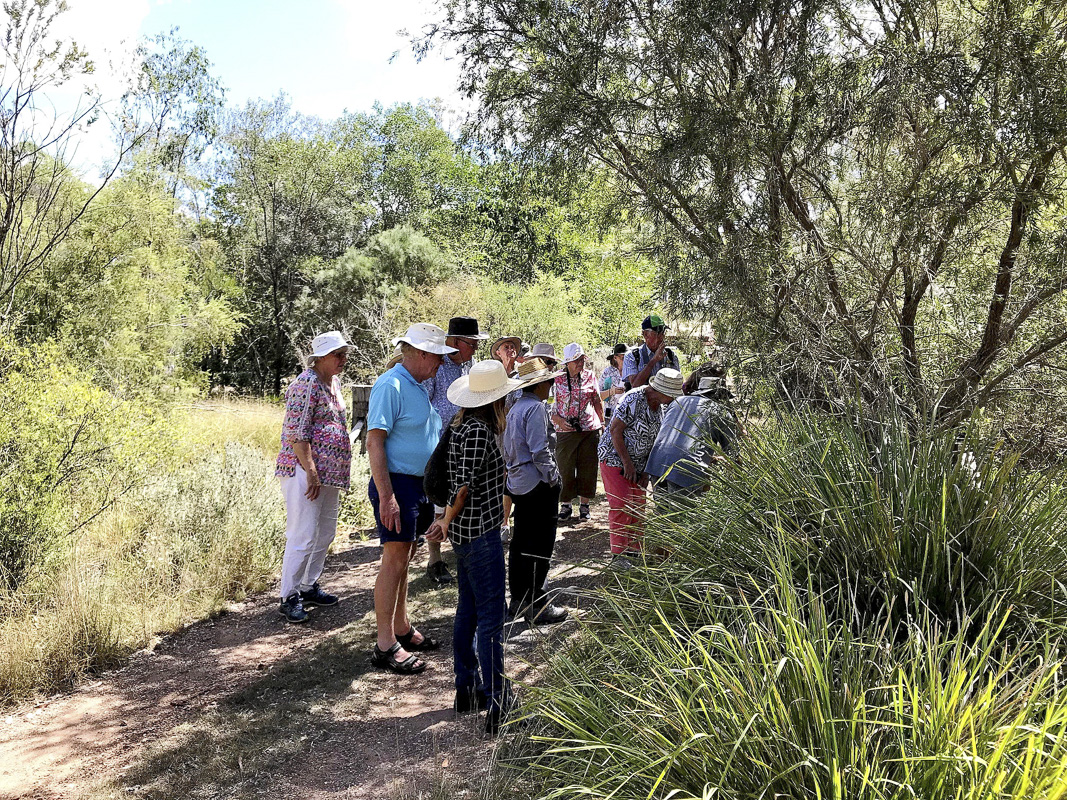
Garden visit, Benfer, Blackbutt, image Lawrie Smith
With a smaller palette, design becomes very important in achieving a pleasing, garden-like effect with a ‘sense of place’ through using the plants that belong there.
Greenhouse effects and climate change
The increasing effect of climate change will bring challenges to everyone in the short and the long term.
It is important to be aware of this impact now, as the approach to garden design will need modification. Nature is the best teacher, so observe what works botanically in adjoining bioregions, which now have the climate you expect to endure in the future.
There are many constraints and opportunities to consider. Grouping plants with similar needs together in gardens will become even more important, as will selecting plants that are adaptable.
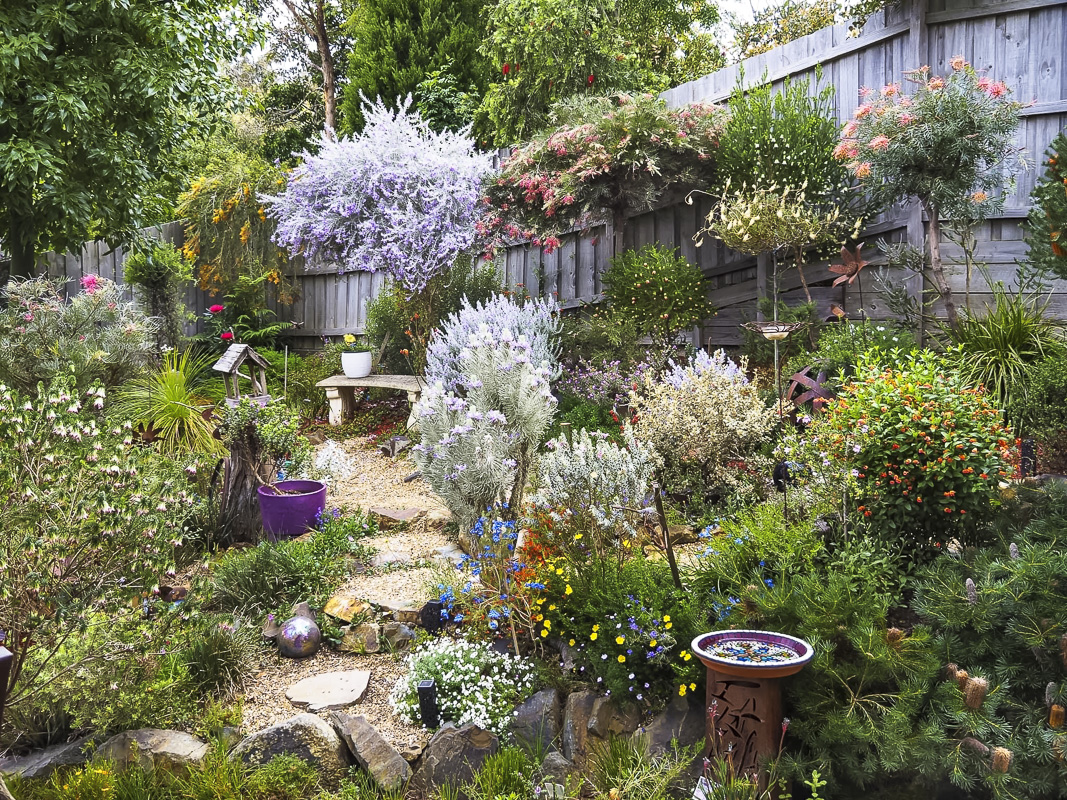
Massed display of small shrubs and covers bring nature to the city – image Deb McMillan, Melbourne
Computer-aided design
Computer programs of varying complexity to facilitate garden design are available. While some gardeners will likely take advantage of these in the future, they can take away the spontaneity of personal ‘natural’ design. Some programs have built in lists of plants to suit differing requirements, but include only a limited number of Australian plants. This emphasis may grow in future, but nothing can surpass the local knowledge of the garden design study group members. So keep your notepad and pencil handy!
The age of technology
To finish on a more philosophical note, our ‘changing world’ is likely to take people more and more away from the natural world we are so fortunate to enjoy today. Populations will keep expanding, and natural areas will shrink even further. More hours will be spent in front of computers. People will work longer hours.
With all of this and more, people will need gardens to help retain their love of nature and their humanity. Those gardens will be more rewarding, peaceful and harmonious if they are well designed, rather than just a glorious jumble of plants.
A very brief but valuable conclusion
Don’t just grow plants – grow a garden!
See more information here.
This article was originally presented at the ANPSA 21st Biennial Seminar which was held in Canberra, in October 2001. Diana Snape has been a committed member of Society for Growing Australian Plants/Australian Plants Society since 1960 – first in Sydney and then Melbourne. Diana’s first book “Meet the First 30 Elements” was a chemistry text, written for junior high school students, to meet a need she saw while teaching. Her second book “Australian Native Gardens: putting visions into practice” was published in 1992, soon after she retired from teaching. The following year Diana began the Garden Design Study Group, again to try to respond to a perceived need.
 Australian Native Plants Society (Australia)
Australian Native Plants Society (Australia)